Taming the Wilds: 9 Top Weeds in Your Garden
The prettiest flower is just a weed. That’s certainly what Scott Fitzgerald felt when he wrote The Great Gatsby.
In the novel, the eponymous character is obsessed with Daisy, reviled as a vapid socialite whose beauty is only temporary. In the end, it is his infatuation that plays a large part in his destruction.
From a child’s perspective, weeds like dandelions are innocuous playthings; to gardeners, they are seen as nuisances that infest garden lawns. In the end, a balance should be struck between eradicating every single weed in the garden and letting your lawn go to seed.
Below are some common garden weeds found in a vegetable garden and how to handle them.
What is a weed?

Though it is often a matter of perspective what plants are considered weeds, some of the more persistent varieties are universally viewed as the scourge of gardeners.
Noxious weeds are a more insidious class, denounced as malignant by state or local officials.
Invasive weeds are a category of weeds that encroach outside of their native territory, have a tendency to spread aggressively, and often lack natural enemies. The monstrous kudzu vines, covering the Deep South with a carpet of suffocating greenery, comes to mind.
Control weeds in a vegetable garden
In a vegetable garden, eco-friendly ways to get rid of weeds are highly recommended, as they minimize the ecological impact.
Raised garden beds can be a reliable way to suppress weed expansion: a layer of cardboard is laid at the bottom, then filled with soil. A layer of mulch works as pre-emergent control, suppressing weed seeds. Often, the best way to win a war against these invaders is the old school process of manual removal. As the saying goes … no root left behind. The serrated edges of a hori hori knife can break up compacted dirt and eradicate deep-rooted weeds.
Weed watchlist
A weed is a broad definition that includes any plant that inflicts ecological harm or is viewed as undesirable, including:
Crabgrass
Like its name suggests, crabgrass resembles a coarse patch of grass, its growth habit radiating outward like the legs of a crab. An annual that germinates beginning spring, it creeps unobtrusively in the yard to rapidly transform your lawn into an ugly mess. Quinclorac has been touted as effective, but should not be used near vegetable patches, as it is not considered safe.
Control: Crabgrass can be eradicated by hand methodically. Otherwise, a combination of pre-emergent and post-emergent herbicides can curb its spread.
Dandelion

The dandelion spawns from a taproot, which resembles a large carrot. A master of survival, it is one of the less pernicious weeds in the garden. Its roots have been used as alternative medicine, it is considered a harbinger of a healthy lawn, and survivalists have relied on these whimsical flowers to ward off starvation. Your energy is better diverted towards fighting bindweed, cheatgrass, and other invasive species.
Control: Mulch can prevent weeds; virtually any herbicide will kill it.
Canada thistle
Considered the cockroach of weeds, the Canada thistle’s very appearance – prickly purple flowers and distasteful, scraggly leaves – indicates an obstinate nature. This is made apparent with its extensive rhizome system, where new roots can spread like wildfire.
Control: Mulch can prevent its spread while broadleaf herbicides are used to cull established plants.
Purslane
A fleshy, succulent plant, purslane has wormed its way into the culinary world, as well as into sidewalk cracks. Purslane can be identified by its small, clover-like leaves. Interestingly, it has the highest level of alpha-linolenic, an omega 3 acid, and has been shown to reduce blood sugar. Daring gardeners can harvest it and use it as a garnish, though few do; novices run the risk of confusing it with splurge, a poisonous weed.
Control: Mulch and hand pulling.
Dog-strangling vine
Despite its name, the dog-strangling vine is harmless to dogs. But what this almost-pretty vine, prolific in areas of Ontario and the Eastern US, does is much, much worse. In woodland areas where it runs rampant, it quickly colonizes the area, choking out native species. Simply pulling out plants is futile – it will rebound with a vengeance.
Control: Exceedingly difficult to remove, this vine falls under the ‘kill with fire’ category; large infestations usually require professional services. Shading it out or applying herbicides can kill stragglers.
Bindweed

Control: Pulling and pouring boiling water on it can help manage it; complete eradication calls for a specialty herbicide.
Creeping Charlie
Creeping Charlie is the name given to a weed with scalloped leaves, bearing purple flowers in late spring. If left alone, it will effortlessly consume your front yard. A few gardeners have forged a begrudging tolerance for Creeping Charlie, as it suppresses nastier weeds.
Control: Mulching or a post-emergent herbicide, such as Crossbow.
Quackgrass
Quackgrass is a quick-spreading grass that proves to be a particular vicious breed of weed. It takes root in dense clumps, propagating through rhizome formation. Quackgrass is considered allelopathic – these rhizomes secrete a toxic chemical that suppresses the growth of surrounding plants.
Control: Mowing can make it disappear. Grass-selective herbicides such as Fusilade II can destroy quackgrass through a war of attrition.
Nutsedge
Nutsedge is an aggressive weed that commonly infiltrates lawns and vegetable garden beds disguised as grass, but they are easy to spot. It can be differentiated by its distinctive V-shaped stalks. Leaves are shiny, grass-like; it produces spike-like inflorescences that resemble wheat seeds (brown-purple for purple nutsedge and yellow for yellow nutsedge).
Control: Gardeners have reported success with Sedgehammer, an herbicide formulated to kill nutsedges. Certainty, which targets a wide variety of weeds, can also help.




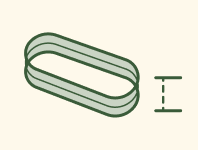
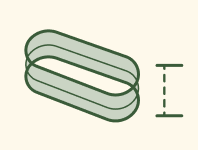
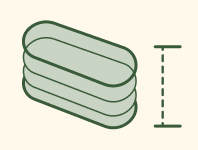
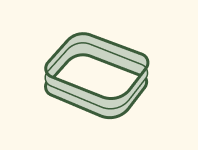
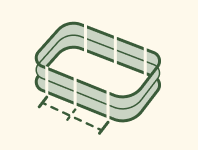
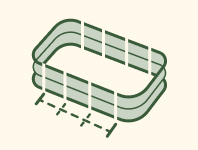
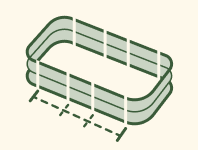
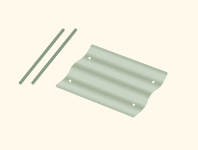



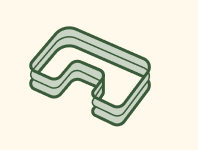
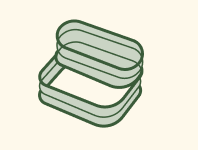
















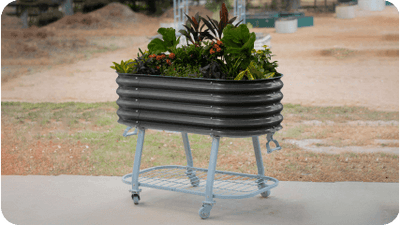









































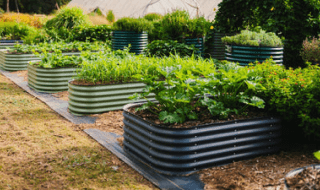




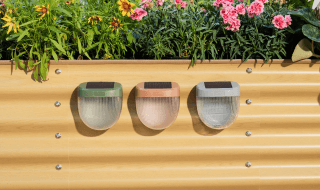
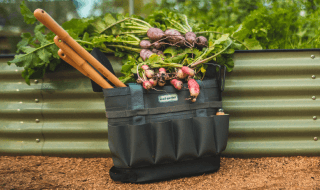
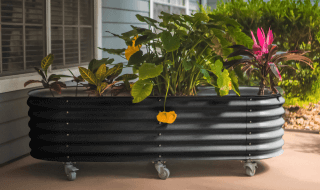


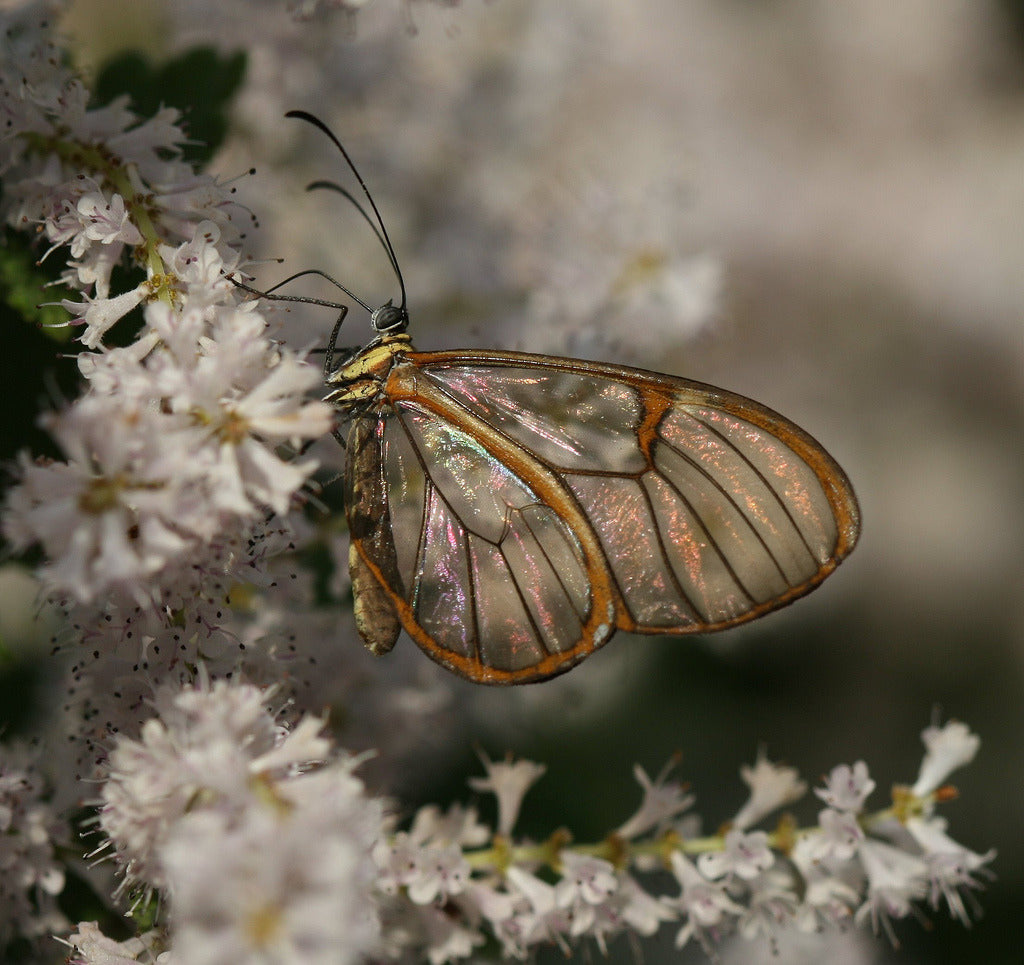




Leave a comment